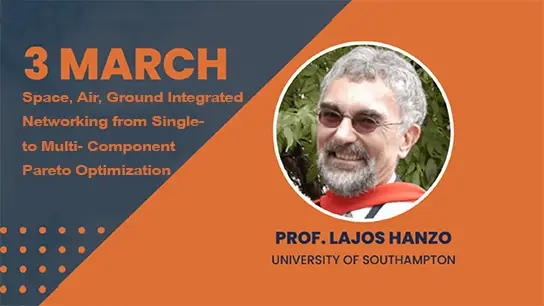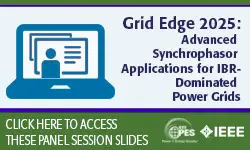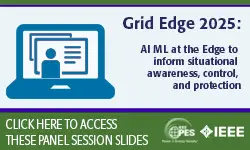-
Members: FreeCIS
IEEE Members: Free
Non-members: FreeLength: 00:46:09
22 Jul 2020
Recently considerable attention has been given to the extensions of type-1 fuzzy systems. In particular type-2 fuzzy systems have shown to outperform type-1 fuzzy systems in a plethora of complex real world problems in areas such as, pattern recognition, time series prediction, intelligent control and robotics. The main reason behind the current success of type-2 fuzzy logic is mainly because it can handle a higher level of uncertainty in dynamic situations, which usually occur in real world scenarios. Type-2 fuzzy sets are equipped with the concept of the footprint of uncertainty that enables to handle noise, and dynamic changes occurring in real systems. In addition, most of the applications at this time have been done with interval type-2 fuzzy systems, which are not the complete model of uncertainty, but they are easier to implement. More recently, general type-2 fuzzy systems have been receiving increasing attention because they are more powerful models of uncertainty, although computing processing is heavier. In this talk, we will present our current theoretical work on simplifying the use of general type-2 fuzzy systems for achieving the accuracy and efficiency required in real world situations. In addition, applications of type-2 fuzzy systems in pattern recognition and image processing will be used to illustrate the good performance of general type-2 fuzzy logic, as well as comparison with interval type-2 and type-1 fuzzy systems to verify the significant advantage obtained in using general type-2 fuzzy logic. Pattern recognition and image processing problems often have high levels of uncertainty due to noise and changing environments in real world situations and for this reason is a good area for using type-2 fuzzy logic.


